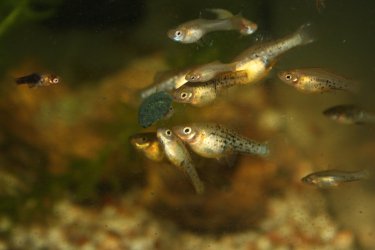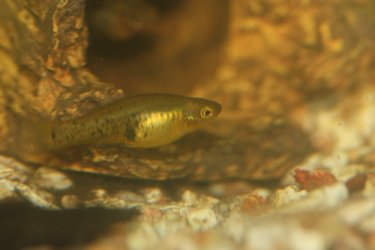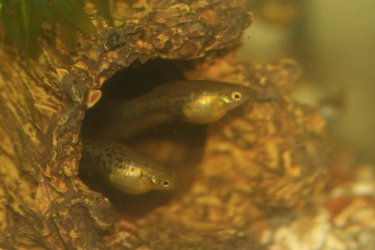When I was a kid, the platy forms at my local store weren't the rigidly set commercial forms we see now. I could pass three aquarium stores on my walk back from school, and one specialized in platys. He had a large tank and all the varieties went into it. In retrospect, a lot of those platy varieties were very close to wild forms. We don't see those really interesting but less solidly coloured forms anymore.
In local stores here, all the platys are hybrids with swordtails and maybe variatus X maculatus. If you breed them, you get balloon deformity fry mixed with large individuals with short swords. You get a diverse bunch of fry, for sure, but to my mind, they aren't platys anymore.
I think my milleri remind me of them, as wild form fish themselves. They don't take a lot of space in the fishroom, and they breed so steadily there are always different patterns appearing. I suppose it could be called nostalgia, but I think it's also ongoing interest. I'm a hobby misfit in that I always like to look at fish as they evolved in nature, and not as breeders created them.









